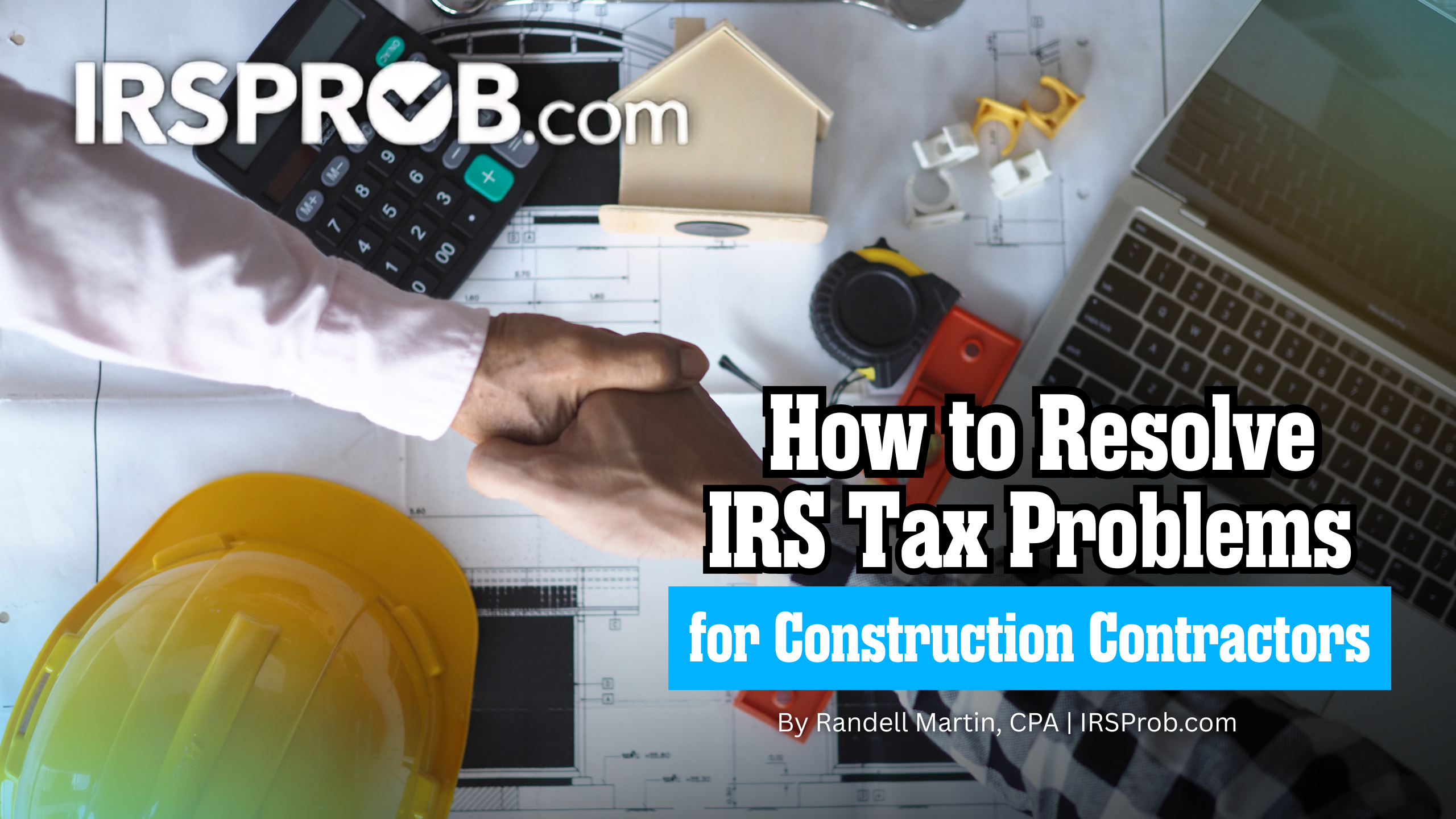Understanding the IRS LT11 Collections Notice
IRS LT11 Notice of intent to levy—Intent to seize your property or rights to property
IRS Notice LT11 is a letter that the Internal Revenue Service (IRS) sends to taxpayers when they  have a tax liability that has not been paid. The IRS is required under IRC Sections 6330 and 6331 to inform taxpayers that the it intends to place a levy on the taxpayers’ property or rights to property 30 days after the date of this letter. This notice is usually sent after the IRS has made multiple attempts to collect the unpaid tax, but has not been successful in doing so. The IRS would have sent balance-due notices CP14, CP501 and CP503, as well as collection notice CP504 requesting payment from the taxpayer, but the unpaid balance was not addressed.
have a tax liability that has not been paid. The IRS is required under IRC Sections 6330 and 6331 to inform taxpayers that the it intends to place a levy on the taxpayers’ property or rights to property 30 days after the date of this letter. This notice is usually sent after the IRS has made multiple attempts to collect the unpaid tax, but has not been successful in doing so. The IRS would have sent balance-due notices CP14, CP501 and CP503, as well as collection notice CP504 requesting payment from the taxpayer, but the unpaid balance was not addressed.
The notice will typically include information about the amount of tax owed, how to pay the amount (mailing in a check or online), the deadline for payment, and any penalties or interest that have been added to the amount due. It will also provide limited options and instructions for alternatives to payment.
The seriousness of this notice depends on the amount of tax owed and one’s ability to pay it. If the taxpayer is able to pay the tax in full, the notice may not be considered particularly serious. However, if the taxpayer is not unable to pay the tax or ignores the notice, the IRS will take further action to collect the debt, including IRS levies, garnishing wages, freezing financial accounts or seizing assets.
In summary, IRS Notice LT11 is a serious matter and should be addressed promptly to avoid additional penalties and potential legal action by the IRS. It is important to carefully review the notice and take appropriate action to resolve the tax debt.
If you have received an IRS LT11, call us immediately for a free confidential consultation at (214) 214-3000 or toll free at (833) IRS-PROB.








